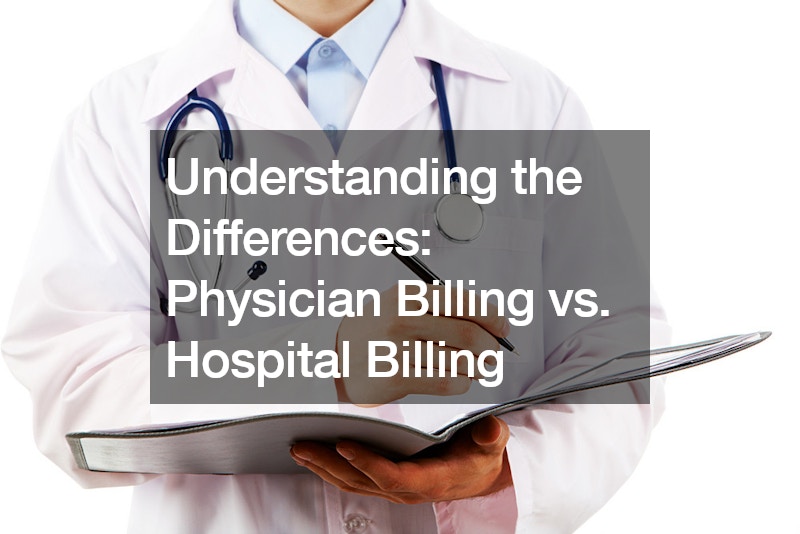
According to the video, hospice care is a specialized form of healthcare focused on providing comfort and support to individuals facing terminal illnesses. Designed to enhance the quality of life for patients and their families, it addresses physical, emotional, and spiritual needs during the final stages of an illness. Read on to learn more.

Key Differences Between Palliative and Hospice Care
While both palliative and hospice aim to improve the well-being of patients, there are key distinctions. Palliative care can be provided at any stage of a serious illness, focusing on symptom management and improving the patient’s overall quality of life. Hospice is specifically for those nearing the end of life.
Hospice typically involves a multidisciplinary team of healthcare professionals. For example, doctors, nurses, social workers, and spiritual counselors. The goal is to provide comprehensive support, pain management, and emotional care for the patient and their loved ones.
Palliative care may transition into hospice if the patient’s condition deteriorates. Hospice focuses on end-of-life care. Both approaches prioritize compassionate care tailored to the individual’s needs and preferences.
Understanding the main differences between palliative care and hospice is essential for individuals and families facing serious illnesses. While palliative care offers support throughout various stages, hospice is for end-of-life comfort and assistance. It provides compassionate care during a challenging time.





